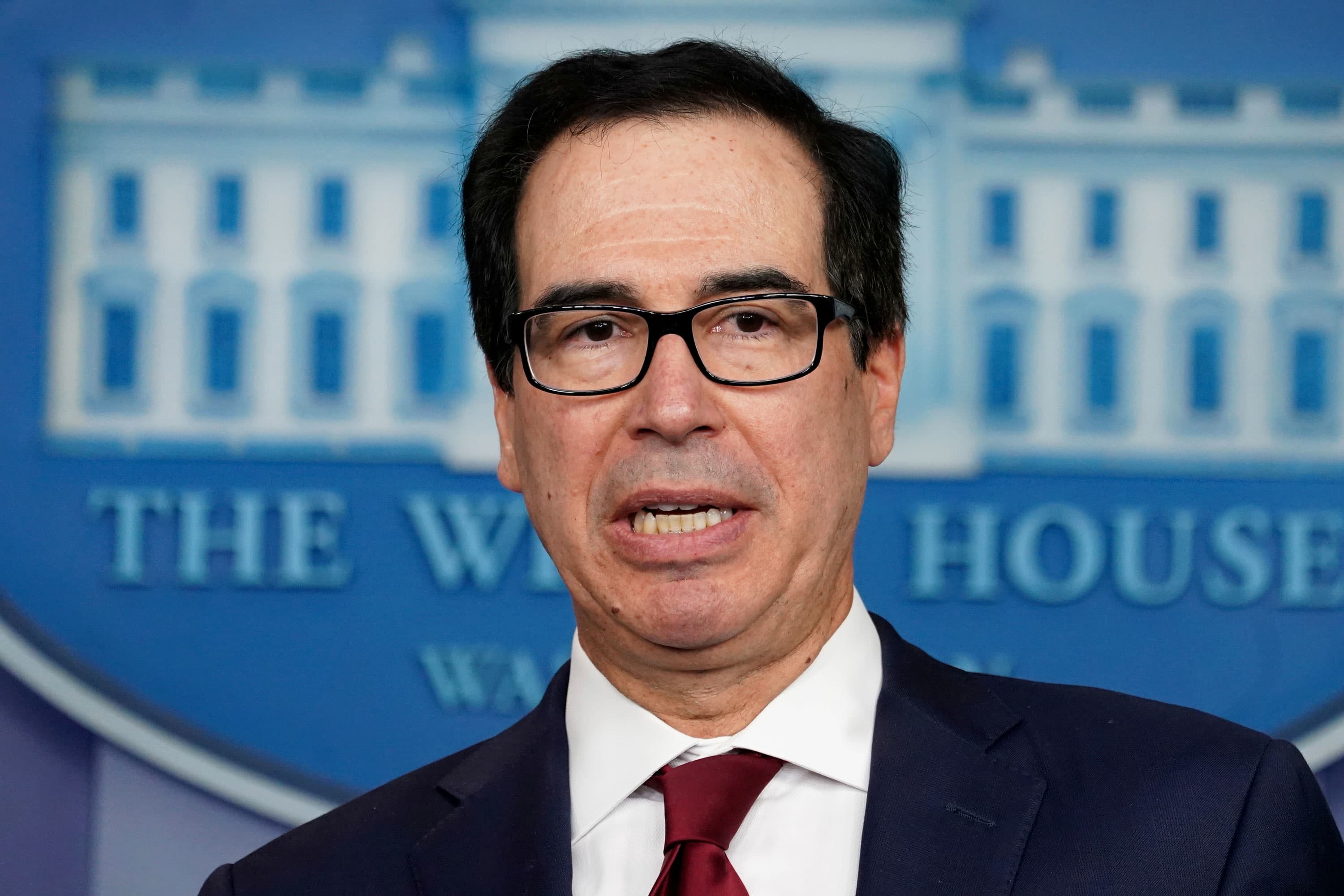USA Today
Edmund Fitzgerald crew memorialized across Great Lakes 45 years after ship sank
The 29 men who died when the Edmund Fitzgerald sank 45 years ago are being memorialized this week throughout the Midwest in events from Detroit to Whitefish Point to Two Harbors, Minnesota.
The Rev. Jeffrey M. Hubbard, rector of the Mariners’ Church of Detroit, said so many Michiganders still remember the Fitz — out of thousands of Great Lakes shipwrecks — because the story is part of our collective consciousness.
“It’s stuck in the memories of folks in Michigan, and the Great Lakes are so integrally connected to our area,” Hubbard said. “Hearing the story of the brave men who lost their lives resonates with people.”

The tragedy, he said, is embedded in our history from the initial reports of the massive freighter battling high winds and waves on Nov. 10, 1975, to the beautiful, but haunting, Gordon Lightfoot song released a year later.
“The legend lives on from the Chippewa on down / Of the big lake they called Gitche Gumee,” Lightfoot sang. “The lake, it is said, never gives up her dead / When the skies of November turn gloomy.”
Sunday, the Mariners’ Church held its annual memorial service. The gathering, which started 45 years ago to remember the crew, was live-streamed this year for the first time on Facebook.
Two events are planned at the Dossin Great Lakes Museum on Belle Isle.
From 7 to 8:30 p.m. Tuesday, the museum plans to hold a lantern vigil at the Edmund Fitzgerald anchor followed by the live Honor Guard escort of a memorial wreath to the Detroit River.
A performance by Lee Murdock, a Great Lakes balladeer, also is scheduled and a talk about how storms have claimed the lives of Great Lakes sailors by Valerie van Heest, an underwater explorer and maritime historian.
On Saturday, the museum is set to hold a radio event from 10 a.m. to 3:30 p.m. to also commemorate the Fitzgerald’s sinking. The Livonia Amateur Radio Club will operate Special Event Station W8F.
When launched in 1958, the SS Edmund Fitzgerald was the largest ship on the Great Lakes, and is still the largest to have sunk there. The freighter sank in a terrible Lake Superior storm.
More than 10,000 lives have been lost in 6,000 wrecks on the Great Lakes, sometimes called the inland seas because of their rolling waves, high winds, strong currents, great depths, and distant horizons.
In fact, earlier this year, the state launched and interactive map, Michigan Shipwrecks StoryMap, and app to help you find Great Lakes shipwrecks and learn about the mystery and tragedy surrounding them.
At Split Rock Lighthouse in Two Harbors, the lighthouse will hold its annual remembrance from 4:30 to 7 p.m. Tuesday on Facebook to commemorate the sinking of the Fitzgerald, and all the other vessels lost on the Great Lakes.
The lighthouse flashed each night at 10-second intervals for 20 miles of Lake Superior’s waters, but now, the beacon is only used for ceremonial purposes, such as the event Tuesday.
“It’s important to remember those men who passed away on that ship,” Hayes Scriven, the lighthouse site manager, said. “We have to keep in mind Lake Superior is a giant lake and it’s a very dangerous body of water.”
Remembering the past, he added, helps prevent future deaths by encouraging others to continue thinking about what could go wrong and keep making safety improvements that could save other lives.
At Whitefish Point, within 15 miles from where the Edmund Fitzgerald went down, the Great Lakes Shipwreck Historical Society also is planning a memorial ceremony that also can be seen virtually.
The society operates a Shipwreck Museum, which, among its exhibits includes the 200-pound bell from the Edmund Fitzgerald that was recovered from the wreckage and meticulously restored.
“The incident reminds us that man is not the controlling force on earth,” said Sean Lay, the historical society’s development officer. “Nature has a mind of her own, and that’s what the loss of the Fitzgerald was all about.”
Tuesday’s anniversary event is expected to include some of the crew’s surviving family, a performance of Lightfoot’s song and a Call to the Last Watch.
In the Last Watch ceremony, the Fitzgerald’s bell will toll 30 times, 29 for each man lost, and a final time for all who died on the Great Lakes.
Contact Frank Witsil: 313-222-5022 or fwitsil@freepress.com.











 Two Minnesota regulators granted environmental permits for Enbridge’s Line 3 oil pipeline across northern Minnesota, critical approvals needed for construction to begin soon on the controversial $2.6 billion project, on Thursday, Nov. 12, 2020. (Richard Tsong-Taatarii/Minneapolis Star Tribune/TNS) ORG XMIT: 1826898.
Two Minnesota regulators granted environmental permits for Enbridge’s Line 3 oil pipeline across northern Minnesota, critical approvals needed for construction to begin soon on the controversial $2.6 billion project, on Thursday, Nov. 12, 2020. (Richard Tsong-Taatarii/Minneapolis Star Tribune/TNS) ORG XMIT: 1826898.




